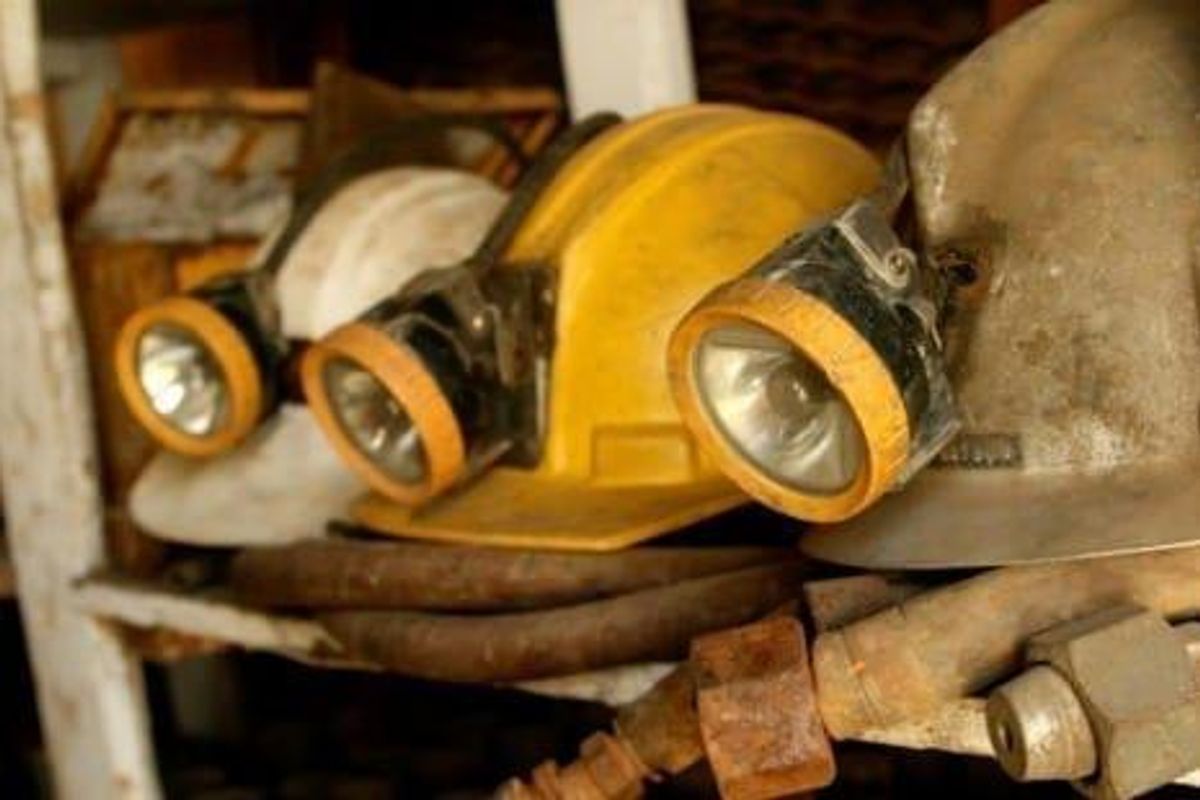
Recent supply disruptions at key mines have the copper price flying high, but will they have a lasting impact?
Recent disruptions at the world’s largest copper mines have many investors asking the same question: will copper supply be significantly impacted this year?
Two main disruptions are currently in play. Last week, workers at BHP Billiton’s (NYSE:BHP,ASX:BHP,LSE:BLT) Chile-based Escondida copper mine went on strike. Workers and management have agreed to renew talks, but many believe the strike could still be lengthy.
The strike at Escondida, which accounts for about 5 percent of global copper production, came on top of the news that all work has been stopped at Freeport-McMoRan’s (NYSE:FCX) Grasberg copper mine in Indonesia. The halt is the result of a smelter strike and issues surrounding the renewal of the company’s mining permit.
Commenting on what the two disturbances could mean for the copper market, Cormark Securities analyst Stefan Ioannou said, “[a]cknowledging Escondida is the largest copper producer in the world, we do not expect the strike would meaningfully shift supply considerations unless it were to extend beyond four to six weeks.”
He added, “[t]hat said, market sentiment stemming from the strike in Chile stands to be amplified by uncertainty in Indonesia. We view concentrate export issues affecting Freeport’s Grasberg operation as a potentially longer-term issue.”
Asian inventories supporting supply
Other market watchers have echoed that idea. Analysts at Standard Chartered (LSE:STAN) said this week that the loss of both Escondida and Grasberg is a “justified” bullish factor; however, they also pointed out that Asian copper inventories remain high.
“If sustained beyond the end of February then it is possible that the cathode market could … start to tighten. For the time being, though, we remain in a clear phase of cathode surplus,” said the analysts in a report. Copper cathode is the typical type of refined copper.
The latest data shows that copper inventories tied to China’s Shanghai Futures Exchange have surged to 277,659 tonnes, the most in 10 months, since the week of January 20. What’s more, stockpiles held in bonded warehouses in China have edged above 500,000 tonnes, up from around 450,000 tonnes in November, according to CRU Group.
JX Holdings’ metal unit, which is Japan’s biggest copper smelter, has also said it does not expect any impact from Escondida’s strike unless it drags on for a few months, a spokesperson told Reuters.
In short, it will probably be awhile before disruptions at Escondida and Grasberg have a marked impact on copper supply.
Escondida is an industry benchmark
That said, Ioannou did note that it’s possible that wage talks at Escondida will influence the copper market in another way. He said talks there may dictate how negotiations go at other large copper mines, like Grasberg and Glencore’s (LSE:GLEN) Collahuasi, also in Chile. If that happens, then the copper market could see further disruptions later in the year.
“Labor negotiations at Escondida are considered a benchmark for the industry and on a global basis almost 15 percent of annual of copper production, or 3.5 million MT, will be the subject of labor renegotiations this year,” he explained.
Whatever the future may bring, for the moment copper is riding high on the possibility that the disruptions at Escondida and Grasberg will last long enough to have a significant impact on supply. The red metal was sitting at $6,015.97 a tonne on Wednesday after reaching $6,204, its highest price since May 2015, earlier in the week.
Don’t forget to follow us @INN_Resource for real-time news updates!
Securities Disclosure: I, Priscila Barrera, hold no direct investment interest in any company mentioned in this article.




